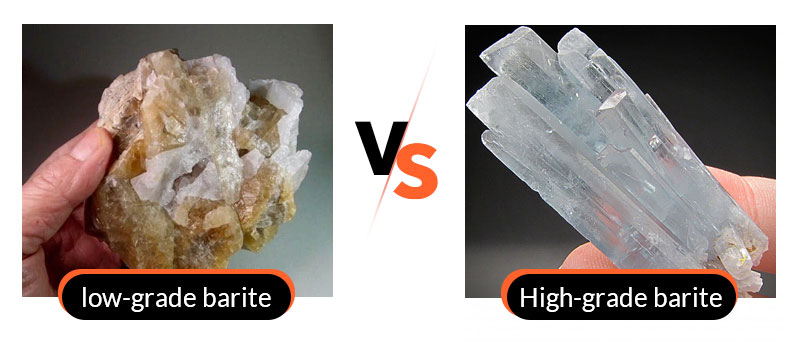
perlite or pumice
Perlite vs. Pumice A Comparative Analysis for Horticultural Use
When it comes to gardening and horticulture, the choice of substrate can often make or break the success of your plants. Two popular choices among gardeners and horticulturists are perlite and pumice. Both materials have unique properties that influence water retention, aeration, and nutrient availability in the soil. In this article, we will delve into the characteristics of perlite and pumice, their uses, and how to choose the right one for your gardening needs.
What is Perlite?
Perlite is an amorphous volcanic glass that is formed when volcanic lava cools rapidly. It is processed by heating to high temperatures, causing it to expand and turn into lightweight, white granules. This expansion creates a porous structure that is highly effective in promoting aeration and drainage in soil mixtures. Perlite is commonly used in potting soils and seed-starting mixes due to its ability to hold onto moisture while allowing excess water to drain away, preventing root rot.
One of the standout features of perlite is its lightweight nature, making it a favorite amongst indoor gardeners and those using hanging baskets or containers. Furthermore, it does not decompose over time, ensuring the stability of soil mixtures over extended periods.
What is Pumice?
Pumice, on the other hand, is also a volcanic product but differs in terms of composition and structure. Formed by the rapid cooling of lava that traps gas bubbles, pumice results in a light, porous rock that is typically gray or brown in color. Like perlite, pumice enhances soil aeration and drainage, but it also offers additional benefits such as improved nutrient retention and a slightly heavier weight.
One of the advantages of pumice is its ability to retain moisture without becoming waterlogged, making it an excellent addition to soil blends, especially in arid regions. It can hold nutrients more effectively than perlite due to its texture and composition, which can be beneficial for certain types of plants that require a consistent supply of nutrients.
Comparisons Perlite vs
. Pumiceperlite or pumice

When deciding between perlite and pumice, several factors should be considered, including texture, weight, moisture retention, aeration, and cost.
1. Texture While both materials improve aeration, perlite has a finer texture that allows for better distribution throughout the soil mix. Pumice is coarser, which may be preferable for larger container plants or trees that benefit from added weight.
2. Weight Perlite is generally lighter than pumice, which can be a deciding factor for indoor gardeners or those managing hanging planters. Pumice, being heavier, can provide stability in outdoor planting situations by reducing the risk of pots tipping over.
3. Moisture retention Pumice excels in moisture retention compared to perlite, making it suitable for water-sensitive plants. It allows for a slow release of moisture, which can be beneficial in managing watering schedules.
4. Nutrient retention Pumice can retain nutrients more effectively than perlite. This can be crucial in scenarios where plants rely heavily on consistent nutrient availability.
5. Cost Perlite is often cheaper than pumice, making it an economical choice for large-scale gardening projects or for those on a tight budget. Pumice may be pricier, but many gardeners believe the benefits it offers justify the cost.
Conclusion
Both perlite and pumice have unique properties and benefits that make them excellent choices for a variety of gardening applications. Understanding the differences between the two allows gardeners to select the most appropriate substrate based on specific plant needs and growth conditions.
If you’re looking for lightweight, quick-draining, and cost-effective media, perlite may be your go-to option. Conversely, if you need a heavier substrate with superior moisture and nutrient retention, pumice could be the better choice. Ultimately, experimenting with these materials can lead to discovering the perfect soil mix tailored to your gardening aspirations. Whether you’re cultivating bonsai trees, starting seeds, or potting houseplants, understanding these two volcanic materials can enhance your gardening success.
Share
-
Vermiculite Wholesale – Premium Quality, Bulk Supply & Competitive PricingNewsJun.10,2025
-
Premium Glass Pebbles Custom Glass Pebbles Factory & OEM Manufacturer Reliable Custom Glass Pebbles FactoriesNewsJun.10,2025
-
Expert Custom Zeolite Producers Manufacturers & FactoriesNewsJun.10,2025
-
Custom Glow in the Dark Beads High-Quality Custom ManufacturersNewsJun.10,2025
-
China Ceramsite Balls Factory - Lightweight & Durable Media Solutions ManufacturerNewsJun.09,2025
-
Custom Matte Mica Powder Manufacturers High Quality & AffordableNewsJun.09,2025






